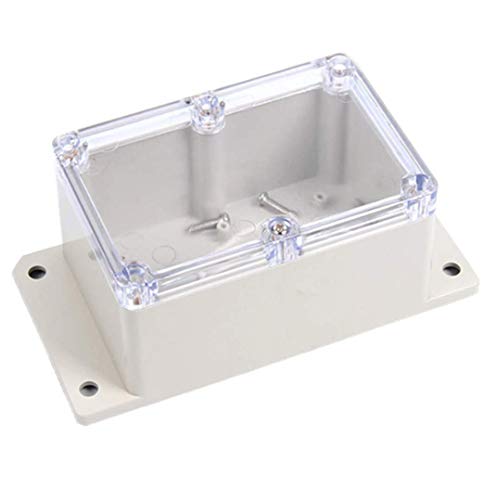I have been asked to quote for the installation of four brick lights in the wall adjacent to the front of a detached brick garage together with an external blue three pin caravan socket to the outside wall of the garage.
The garage has an old semi enclosed fuse Wylex CU already installed which only has one circuit installed - a lighting circuit with four conventional batten lights inside the garage. The garage is 15m distant from the house. The Wylex CU is connected to the main house CU via a two core 2.5mm armoured cable connected to a 30A wired fuse. As far as I can see the armouring is not connected to anything at either end.
There is no water/ gas services at the garage although there is a great big RSJ holding up the roof.
The house has a TT earthing system with an old style consumer unit with wired fuses. It is buried at the back of a cupboard in the kitchen and is hard to get to and has no space around it.
I have not been able to get any Zs reading from the lighting circuit in the garage so I am assuming that there is no earth of any sort.
What I am proposing is to rip out the Wylex CU in the garage and replace it with a two way garage unit with a built in 30ma RCD and extend the lighting circuit to incorporate the brick lights and bang in an extra radial circuit for the caravan circuit.
Also to replace the 30A wired fuse in the house CU serving the armoured cable with a screw in 20A MCB conversion jobbie.
I would appreciate your input on the following:-
Should I install an earth rod at the garage with a 10mm earth cable connected to the garage CU
Is the RSJ in the garage considered
The garage has an old semi enclosed fuse Wylex CU already installed which only has one circuit installed - a lighting circuit with four conventional batten lights inside the garage. The garage is 15m distant from the house. The Wylex CU is connected to the main house CU via a two core 2.5mm armoured cable connected to a 30A wired fuse. As far as I can see the armouring is not connected to anything at either end.
There is no water/ gas services at the garage although there is a great big RSJ holding up the roof.
The house has a TT earthing system with an old style consumer unit with wired fuses. It is buried at the back of a cupboard in the kitchen and is hard to get to and has no space around it.
I have not been able to get any Zs reading from the lighting circuit in the garage so I am assuming that there is no earth of any sort.
What I am proposing is to rip out the Wylex CU in the garage and replace it with a two way garage unit with a built in 30ma RCD and extend the lighting circuit to incorporate the brick lights and bang in an extra radial circuit for the caravan circuit.
Also to replace the 30A wired fuse in the house CU serving the armoured cable with a screw in 20A MCB conversion jobbie.
I would appreciate your input on the following:-
Should I install an earth rod at the garage with a 10mm earth cable connected to the garage CU
Is the RSJ in the garage considered































































